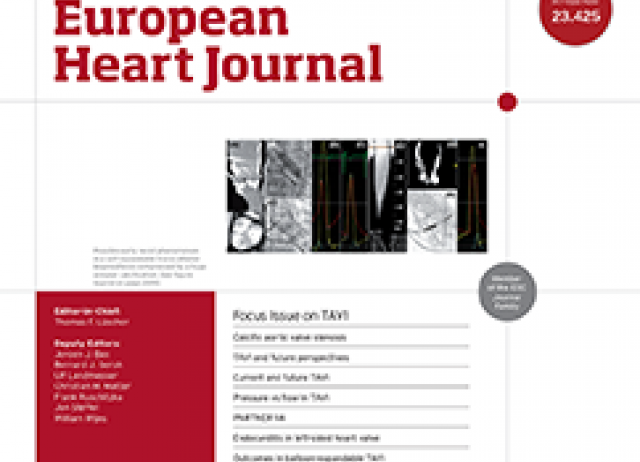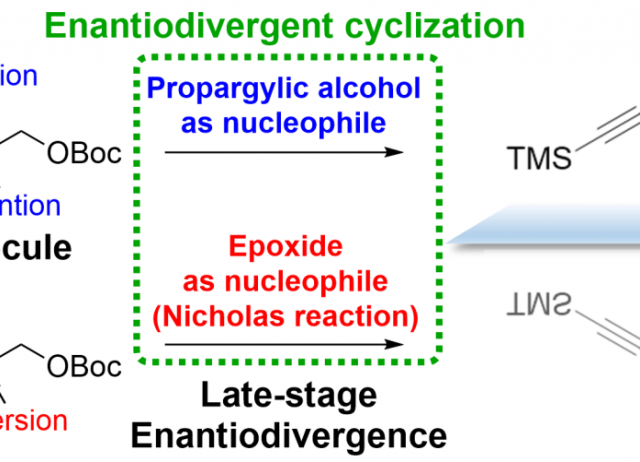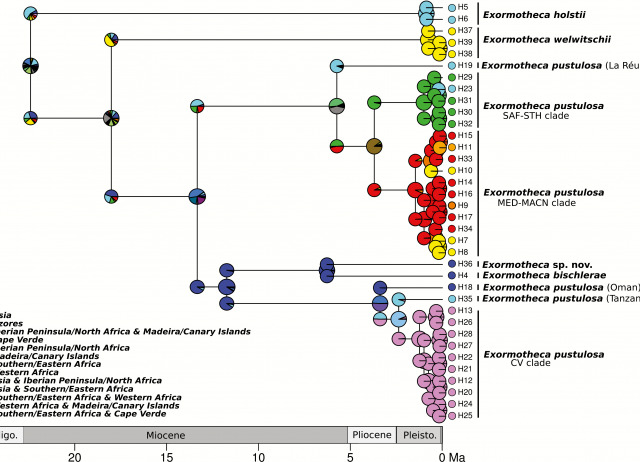Modulation of Glial Responses by Furanocembranolides: Leptolide Diminishes Microglial Inflammation in Vitro and Ameliorates Gliosis In Vivo in a Mouse Model of Obesity and Insulin Resistance
Neurodegenerative diseases are age-related disorders caused by progressive neuronal death in different regions of the nervous system. Neuroinflammation, modulated by glial cells, is a crucial event during the neurodegenerative process; consequently, there is an urgency to find new therapeutic products with anti-glioinflammatory properties. Five new furanocembranolides (1-5), along with leptolide, were isolated from two different extracts of Leptogorgia sp., and compound 6 was obtained from chemical transformation of leptolide. Their structures were determined based on spectroscopic evidence. These seven furanocembranolides were screened in vitro by measuring their ability to modulate interleukin-1β (IL-1β) production by microglial BV2 cells after LPS (lipopolysaccharide) stimulation. Leptolide and compounds 3, 4 and 6 exhibited clear anti-inflammatory effects on microglial cells, while compound 2 presented a pro-inflammatory outcome. The in vitro results prompted us to assess anti-glioinflammatory effects of leptolide in vivo in a high-fat diet-induced obese mouse model. Interestingly, leptolide treatment ameliorated both microgliosis and astrogliosis in this animal model. Taken together, our results reveal a promising direct biological effect of furanocembranolides on microglial cells as bioactive anti-inflammatory molecules. Among them, leptolide provides us a feasible therapeutic approach to treat neuroinflammation concomitant with metabolic impairment.
Corraliza-Gómez, Miriam; Gallardo, Amalia B.; Díaz-Marrero, Ana R.; De la Rosa, José M.; D'Croz, Luis; Darias, José; Arranz, Eduardo; Cózar-Castellano, Irene; Ganfornina, María D.; Cueto, Mercedes
Air pollution is intimately linked to global climate change: change in Cardiovascular Disease Statistics 2019
The ‘Lancet Commission on pollution and health’ recommends airquality action plans for the prevention and control of non-communicable diseases. The commission estimated that about 9million excess deaths worldwide are attributable to degraded envir-onmental conditions, of which about half to ambient (outdoor) airpollution, being the main environmental health risk. Environmentalfactors, in particular air pollution, pose additional risks with healthimplications that have been underestimated in the global burden ofdisease. Chronic exposure to enhanced levels of fine particulatematter (PM) with a diameter below 2.5mm(PM2.5) impairs vascularfunction, which can lead to myocardial infarction, arterial hyperten-sion, stroke, and heart failure. Predominant sources of PM2.5 are fossilfuel and biomass combustion, industry, and agriculture.
Domínguez-Rodríguez, Alberto; Rodríguez, Sergio; Hernández-Vaquero, Daniel
High‐resolution surface velocities and strain for Anatolia from Sentinel‐1 InSAR and GNSS data
Measurements of present‐day surface deformation are essential for the assessment of long‐term seismic hazard. The European Space Agency's Sentinel‐1 satellites enable global, high‐resolution observation of crustal motion from Interferometric Synthetic Aperture Radar (InSAR). We have developed automated InSAR processing systems that exploit the first ~5 years of Sentinel‐1 data to measure surface motions for the ~800,000 km2 Anatolian region. Our new 3D velocity and strain rate fields illuminate deformation patterns dominated by westward motion of Anatolia relative to Eurasia, localized strain accumulation along the North and East Anatolian Faults, and rapid vertical signals associated with anthropogenic activities and to a lesser extent extension across the grabens of western Anatolia. We show that automatically processed Sentinel‐1 InSAR data can characterize details of the velocity and strain rate fields with high resolution and accuracy over large regions. These results are important for assessing the relationship between strain accumulation and release in earthquakes.
Weiss, Jonathan R.; Walters, Richard, J.; Morishita, Yu; Wright, Tim J.; Lazecky, Milan; Wang, Hua; Hussain, Ekbal; Hooper, Andrew J.; Elliot, John R.; Rollins, Chris, Yu, Chen; González, Pablo J.; Spaans Karten; Li, Zhenhong; Parsons, Barry
The Genus Herpisticus Germar, 1823 From The Canary Islands (Coleoptera: Curculionidae: Entiminae: Tanymecini)
The taxonomic review of the genus Herpisticus Germar, 1823, endemic to the Canary Islands, is undertaken with support of molecular data (mtCOI). The morphological study includes the description of the larva and pupa of this genus. To the 5 previously known species, 20 taxa have been added, comprising the resurrection of H. eremita var. γ lanatus Wollaston, 1864 as valid species, H. grancanariensis Palm 1974 as valid subspecies of H. subvestitus Wollaston, 1864, and the following new taxa: H. famarae n. sp. from Lanzarote; H. betancuriae n. sp., H. jandiensis n. sp. and H. rectipes n. sp. from Fuerteventura; H. subvestitus pseudolanatus n. ssp., H. guanarteme n. sp., H. denudatus n. sp., H. gigas n. sp., H. guayarmina n. sp., H. tasarticus n. sp., H. scopulus n. sp., and H. nanus n. sp. from Gran Canaria; H. daute n. sp. and H. aridicola n. sp. from Tenerife; H. gomerensis n. sp., H. hispidus n. sp. and H. bobadillae n. sp. from La Gomera; and H. hierrensis benahoare n. ssp. from La Palma. Except for the subspecies H. hierrensis hierrensis, which is present on the islands of El Hierro and La Palma, all the other taxa are mono-insular endemics. Identification keys (♂), distribution maps, and photographs of imagos of all 25 taxa are provided, as well as some general comments on the biology of the group, its potential as agricultural pest, and conservation perspectives.
Machado, Antonio; Suárez, Daniel
Biostimulant Nanoencapsulation: The New Keystone To Fight Hunger
Jiménez-Arias, David; Morales-Sierra, Sarai; Borges, Andrés A.; Díaz Díaz, David
Enantiodivergent cyclization by inversion of the reactivity in ambiphilic molecules
Inverting the reactivity of the functional groups in ambiphilic molecules provides a new synthetic strategy to carry out late‐stage enantiodivergence. Both enantiomers of the final compound can be obtained from a common chiral precursor. As a proof of concept, the synthesis of substituted five‐ and six‐membered oxacycles is described. The key step is the cyclization of an ambiphilic linear precursor bearing a propargylic alcohol and an epoxide linked through an alkyl chain. Through a slight modification of these linear precursors and employing different reaction conditions, these functional groups can inverse their chemical reactivity, producing one enantiomer or another of the final product. This enantiodivergent cyclization involves three stereogenic centers that can undergo fully controlled retention or inversion of their configuration depending on the cyclization pathway that is activated. The cyclization provides late‐stage enantiodivergence, enabling the synthesis of either enantiomers of the oxacycles from a common chiral substrate with total transfer of the enantiomeric purity.
Rodríguez-López, Julio; Brovetto, Margartia; Martín, Víctor, S.; Martín, Tomás
Rejected brine recycling in hydroponic and thermo-solar evaporation systems for leisure and tourist facilities. Changing waste into raw material
For >50 years the Canary Islands have been using seawater desalinization facilities in order to satisfy the freshwater demand of their main economic activity –tourism, which continues to contribute to the economic and social progress of the archipelago. However, this desalinization process involves the production of a “waste” product known as rejected brine, which is discharged from coastal regions and islands, whether it originates from public or private facilities. Rejected brines are potentially a serious threat to marine ecosystems. However, here we demonstrate that this “waste” can be processed and reused as a nutrient mineral solution for a hydroponic production system and also a source of freshwater. The efficiency of this management process in terms of fresh-water production and water recycling economy is also discussed. The aim of this paper is to change the attitude towards rejected brines, which should be treated as potential raw material to permit high savings in the running costs of leisure and tourist facilities around the archipelago. In addition, this will also have a positive effect on the environment, making desalinization more sustainable and environmentally friendly, which is nowadays an added value in customer and user satisfaction.
Jiménez-Arias, David; Morales-Sierra, Sarai; García-Machado, Francisco J.; García-García, Ana L.; Luis, Juan C.; Valdés, Francisco; Sandalio, Luisa M.; Hernández-Suárez, Manuel; Borges, Andrés A.
Oromia orahan (Curculionidae, Molytinae), a new subterranean species for the Canarian underground biodiversity
A new blind weevil belonging to the genus Oromia Alonso-Zarazaga, 1987 is described, being found in the underground of the laurel forest of La Gomera (Canary Islands). Individuals were mainly collected in a colluvial mesocavernous shallow substratum, besides one specimen collected in the deep humic layer of soil. This new species has clear diagnostic differences from the other Oromia species. The number of taxa in this endemic Canarian genus increases to four species, easily identified using the key provided in this article. New data on other Canarian subterranean weevils are also provided.
García, Rafael; Andújar, Carmelo; Oromí, Pedro; López, Heriberto
Standardised inventories of spiders (Arachnida, Araneae) of Macaronesia II: The native forests and dry habitats of Madeira archipelago (Madeira and Porto Santo islands)
Background
Here we present the data obtained from the samples collected as part of a large research project (MACDIV) which aims at understanding the drivers of spider (Araneae) community assembly in Macaronesian islands. To obtain the data, we applied the sampling protocol COBRA (Conservation Oriented Biodiversity Rapid Assessment), in twelve 50 m x 50 m native forest plots and five dry habitat plots on the island of Madeiraand in 5 dry habitat plots on the island of Porto Santo. Through this publication, we contribute to the knowledge of the arachnofauna of the Madeiran archipelago.
New information
From the samples that we collected, we obtained a total of 14,902 specimens, of which 49% were adults (7,263). We identified these specimens to 87 species and 18 morphospecies (undescribed), belonging to 26 families. Species of the family Linyphiidae dominated the samples, with 24 (morpho)species. Out of the 105 recorded (morpho)species, 34 were endemic, 26 native non-endemic, 22 introduced and 23 species of unknown origin. We report seven new records of possibly recently introduced species in the Madeiran archipelago. We also present 21 new records for Madeira island and 32 for Porto Santo (33 for the whole archipelago).
Malumbres-Olarte, Jagoba; Boieiro, Mário; Cardoso, Pedro; Carvalho, Rui; Fonseca Crespo, Luís Carlos; Gabriel, Rosalina; Macías-Hernández, Nuria; Paulo, Octávio S.; Pereira, Fernando; Rego, Carla; Ros-Prieto, Alejandra; Silvia, Isamberto; Viera, Ana; Françocis; Borges, Paulo A. V.
Climate-driven vicariance and long-distance dispersal explain the Rand Flora pattern in the liverwort Exormotheca pustulosa (Marchantiophyta)
The ‘Rand flora’ is a biogeographical disjunction which refers to plant lineages occurring at the margins of the African continent and neighbouring oceanic archipelagos. Here, we tested whether the phylogeographical pattern of Exormotheca pustulosa Mitt. was the result of vicariance induced by past climatic changes or the outcome of a series of recent long-distance dispersal events. Two chloroplast markers (rps4-trnF region and psbA-trnH spacer) and one nuclear marker (ITS2) were analysed. Phylogenetic and phylogeographical relationships were inferred as well as divergence time estimates and ancestral areas. Exormotheca possibly originated in Eastern Africa during the Late Oligocene/Early Miocene while Exormotheca putulosa diversified during the Late Miocene. Three main E. pustulosa groups were found: the northern Macaronesia/Western Mediterranean, the South Africa/Saint Helena and the Cape Verde groups. The major splits among these groups occurred during the Late Miocene/Pliocene; diversification was recent, dating back to the Pleistocene. Climate-driven vicariance and subsequent long-distance dispersal events may have shaped the current disjunct distribution of E. pustulosa that corresponds to the Rand Flora pattern. Colonization of Macaronesia seems to have occurred twice by two independent lineages. The evolutionary history of E. pustulosa populations of Cape Verde warrants further study.
Bartolomeu Rodrigues, Ana Sofia; Martins, Anabela; Augusto, García, César; Sérgio, Cecília; Porley, Ron; Fontinha, Susana; González-Mancebo, Juana; Gabriel, Rosalina; Phephu, Nonkululo; Van Rooy, Jacques; Dirkse, Gerard; Long, David; Stech, Michael; Patiño, Jairo; Sim-Sim, Manuela



